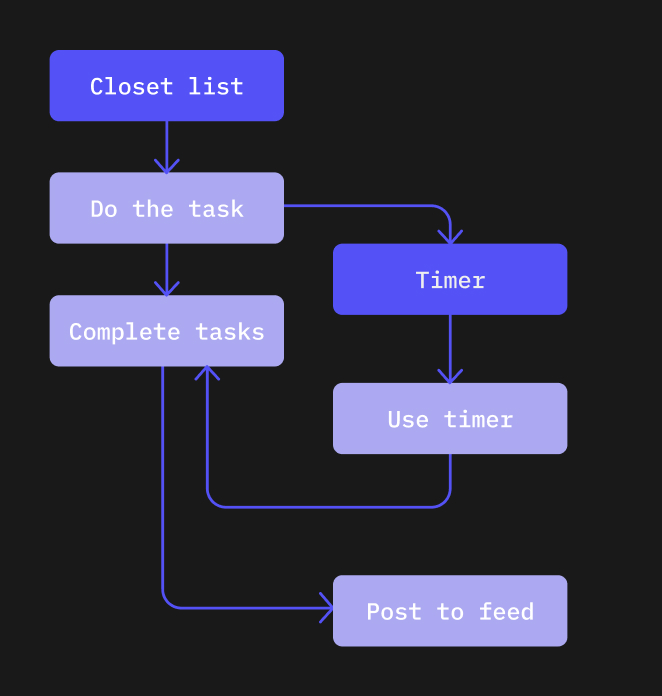hab ez
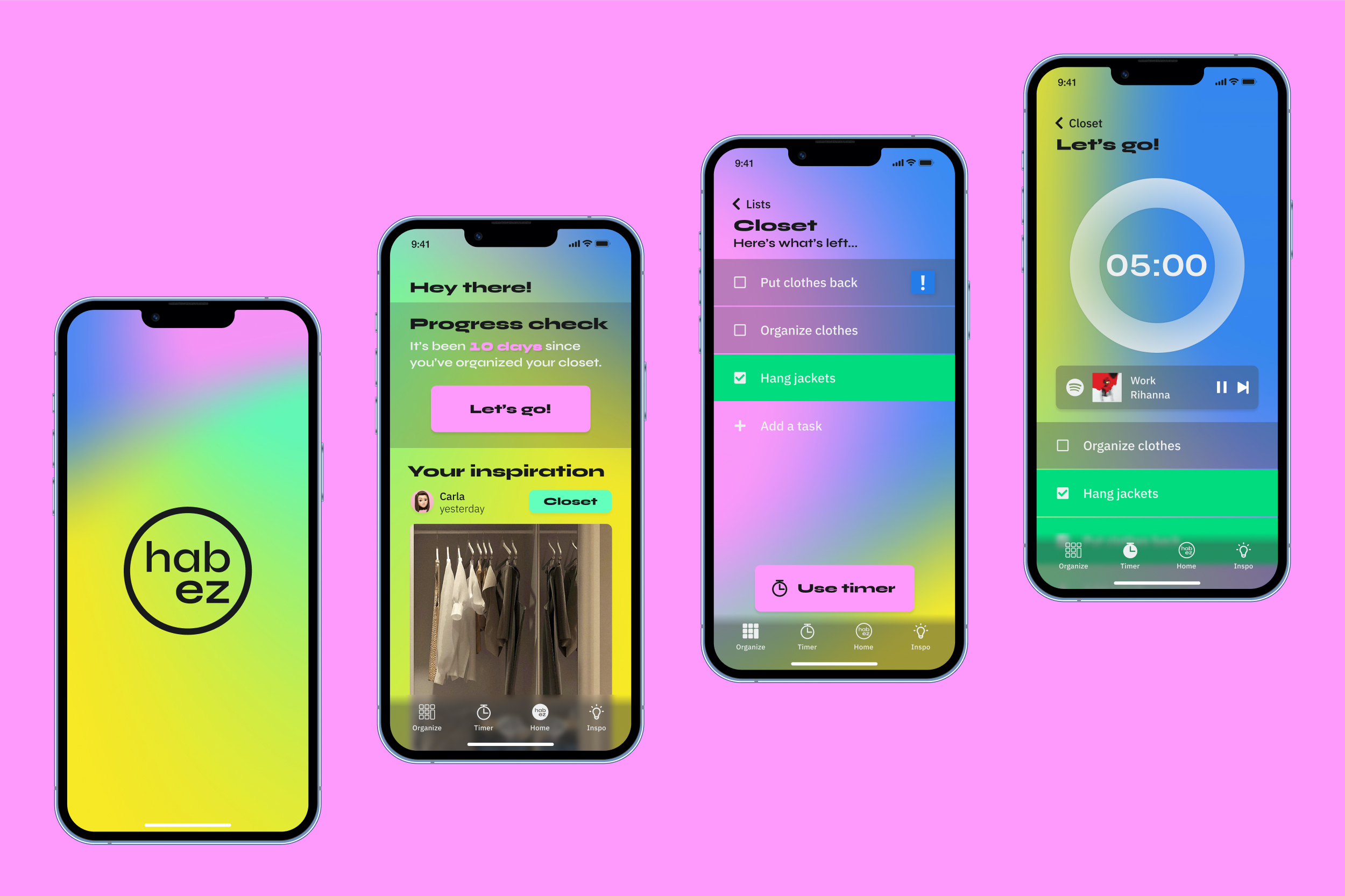
01 — Project Context
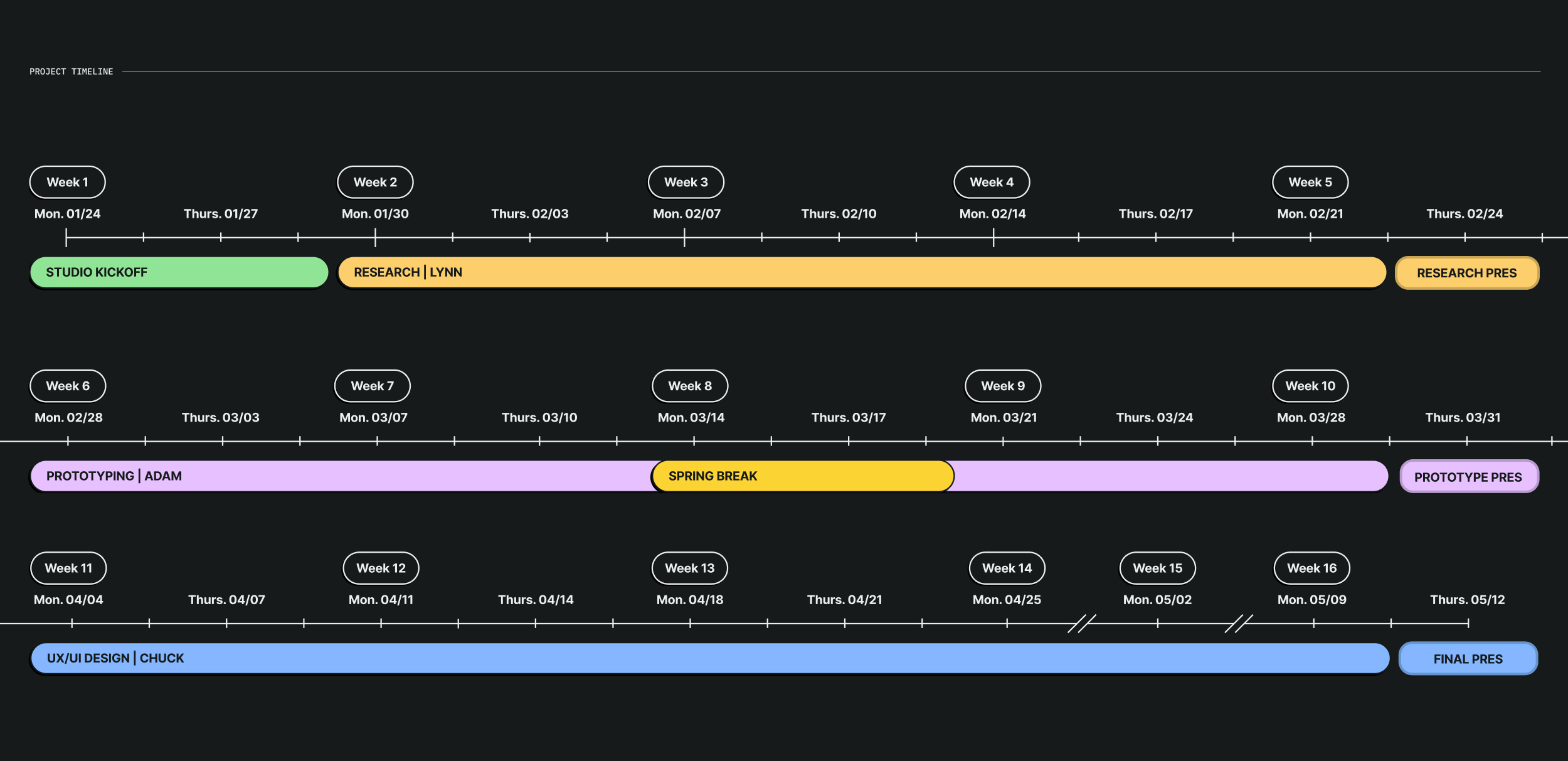
02 — Research
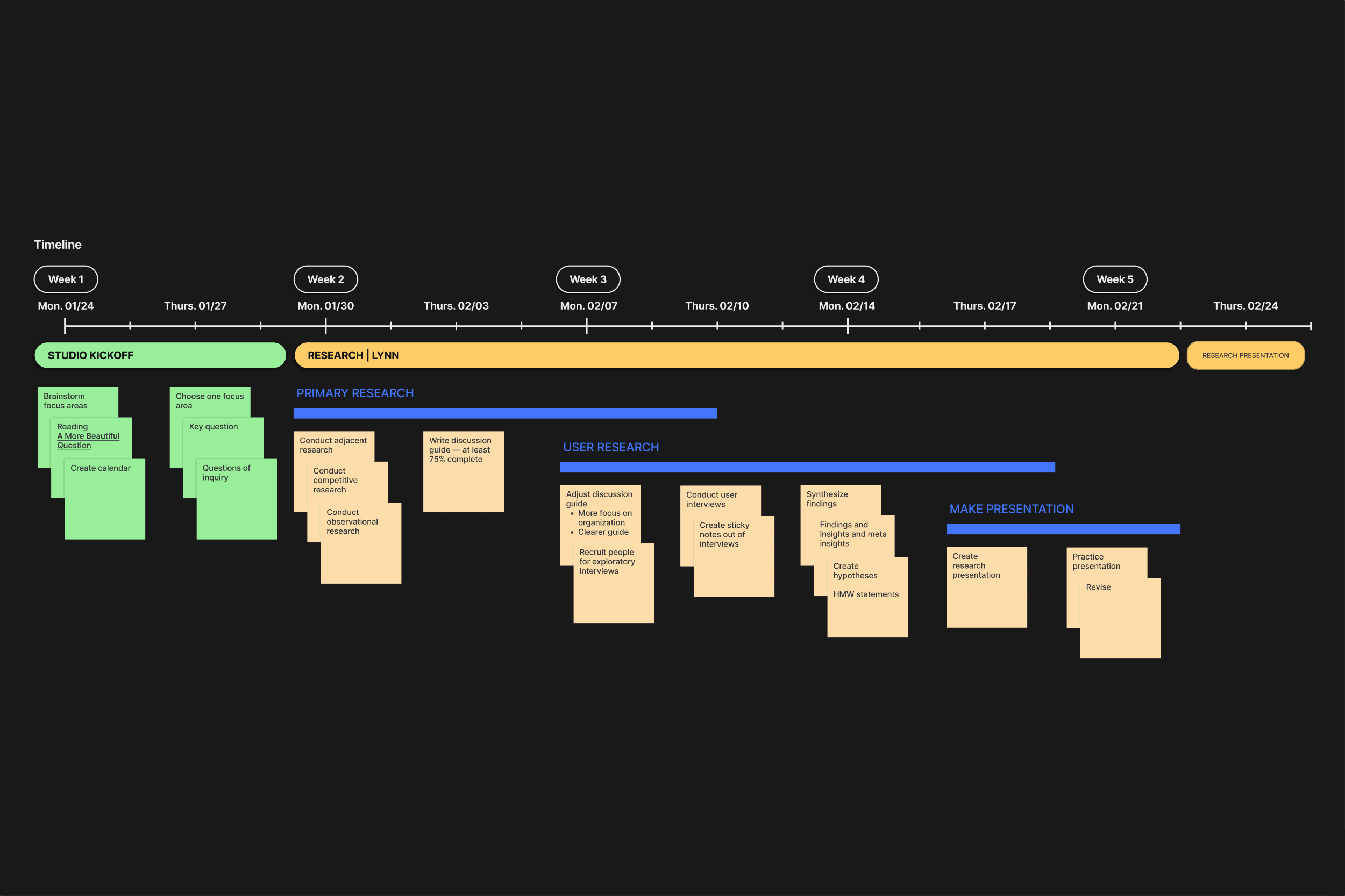
Focus Area
What inspired me to focus on organizing and tidying up physical spaces as well as habit formation is that I am a very organized person and keep track of everything by having a specific place for my things depending on frequency of use, making lists on my phone, using task manager apps, scheduling and keeping track of meetings or important events on iCalendar, and writing things down on paper. I also enjoy watching others organize their physical spaces via social media and TikTok. I believe that when we are able to organize our physical spaces, it allow us to have a clear mind and take on other tasks we need to take care of.
Desk Research
I read journal and web articles about studies and benefits of organizing and tidying up. I wanted to understand what digital products currently exist by taking competitive and analogous industry audits for task management and habit tracking. I also watched Netflix lifestyle series to observe and understand why people struggle with keeping their living spaces organized and how they organize with guidance. After conducting my research and analyzing my notes, I realized a lot of the existing digital apps help people track and manage their tasks but do not assist with forming habits around organization.



Problem Discovery
After extensive research, I created a discussion guide for my exploratory interviews to understand people’s behaviors and habits around having systems for organizing and tidying physical spaces as well as digital organization and their impact on mental health. I interviewed 6 people ages 20-30 years old who have full time jobs or studies.

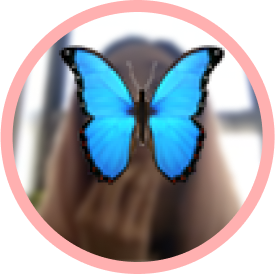
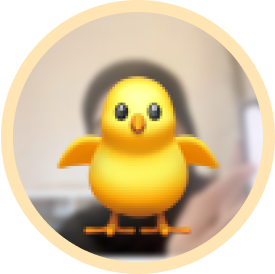
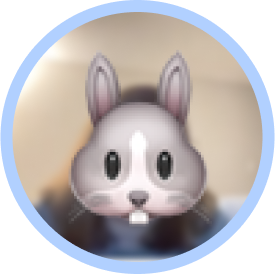
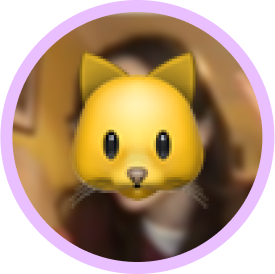
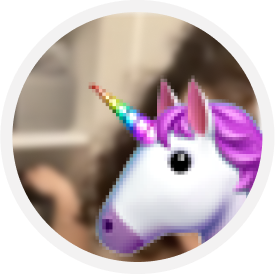
PROBLEM
People struggle to keep a daily routine to organize and feel overwhelmed and anxious when they’re preparing to organize.
SOLUTION
Create a digital minimal viable product that makes organizing and habit formation easier.

Synthesis of Overarching Themes
After conducting these exploratory interviews, I synthesized, extracted insights and meta-insights, and grouped my findings into 5 overarching themes below:
01
Frustration and overwhelm
People feel overwhelmed and anxious when preparing to organize; while organizing; and failing to organize due to being overwhelmed by the process or mess, rearranging things, and even delaying organizing.
02
Routine and time management
People don’t have daily routines around organizing, and the duration of organizing depends on levels of motivation, productivity, energy, and disorganization. It can also depend on the task itself being a daily 5-30 minute task or organizing a mess which would take a few hours.
03
Feelings of control and self-care
When people organize, they feel a sense of control. There is also a feeling of relief afterwards which motivates people to take on other tasks.
04
Effects on mental health
Organizing, purging, and carving out time to organize have positive effects such as being good for your well being and mental health, feeling like a metaphorical weight is lifted, and feeling emotionally and physically lighter.
05
Prompts to organize
Organizing can be a reaction to something such as mental health (depressive episodes), things no longer serving their function or making sense, things not being used or no longer needed, visual clutter, a need to remember where things are, or an accumulation of things that need to be purged.
Actionable "how might we" statement
How might we get people to build a habit around organizing?
03 — Prototype
Based on the "how might we" statement, I ideated with my classmates on possible ideas for my digital product and its focus area. After several ideation sessions, I grouped and synthesized the sketches into categories. 5 low fidelity prototypes were created from the ideas that repeated the most.
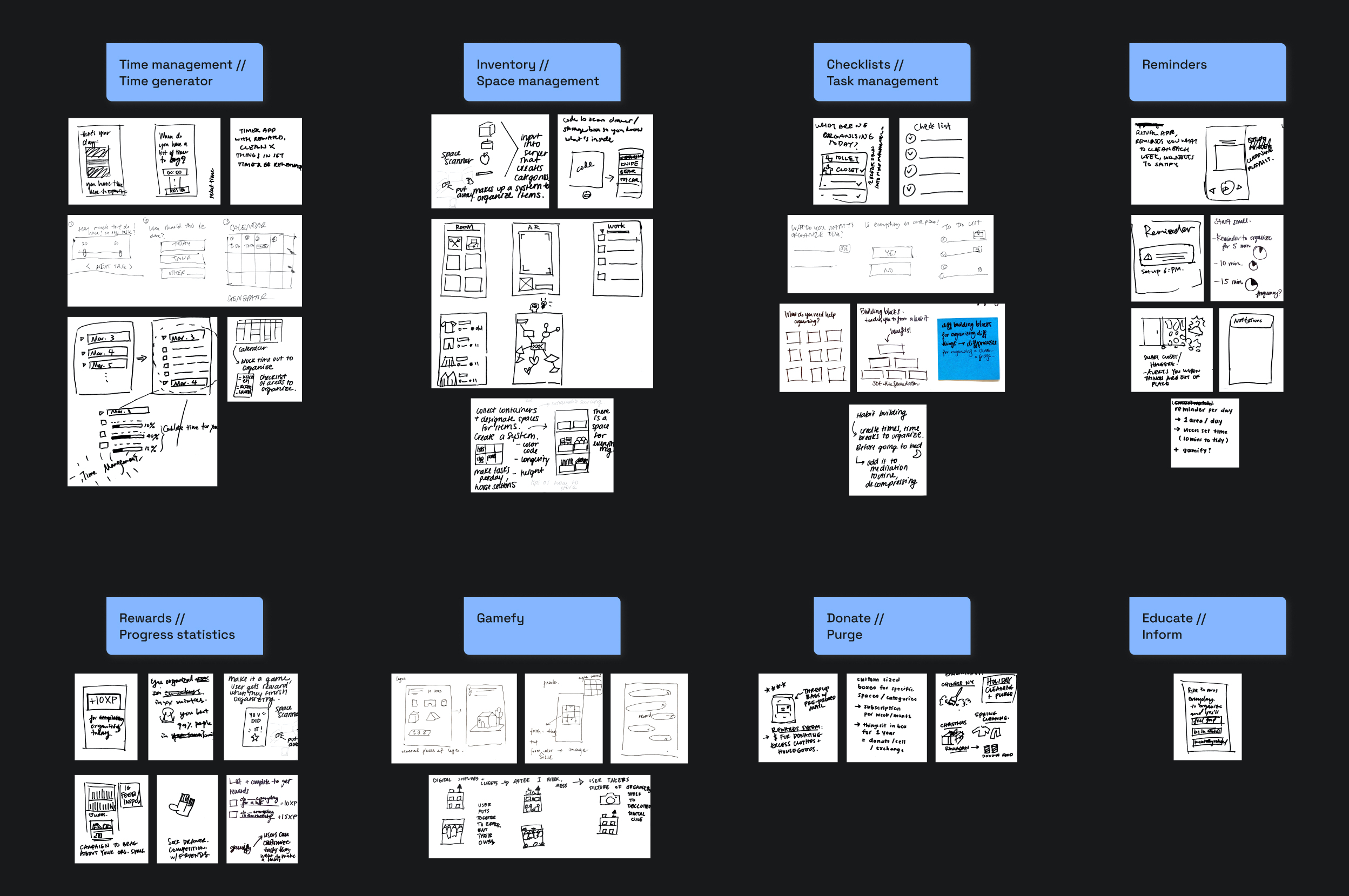
Low Fidelity Prototypes & User Testing
I tested the 5 lo-fi prototypes on 4 users:


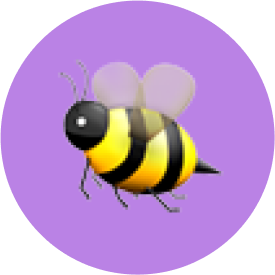

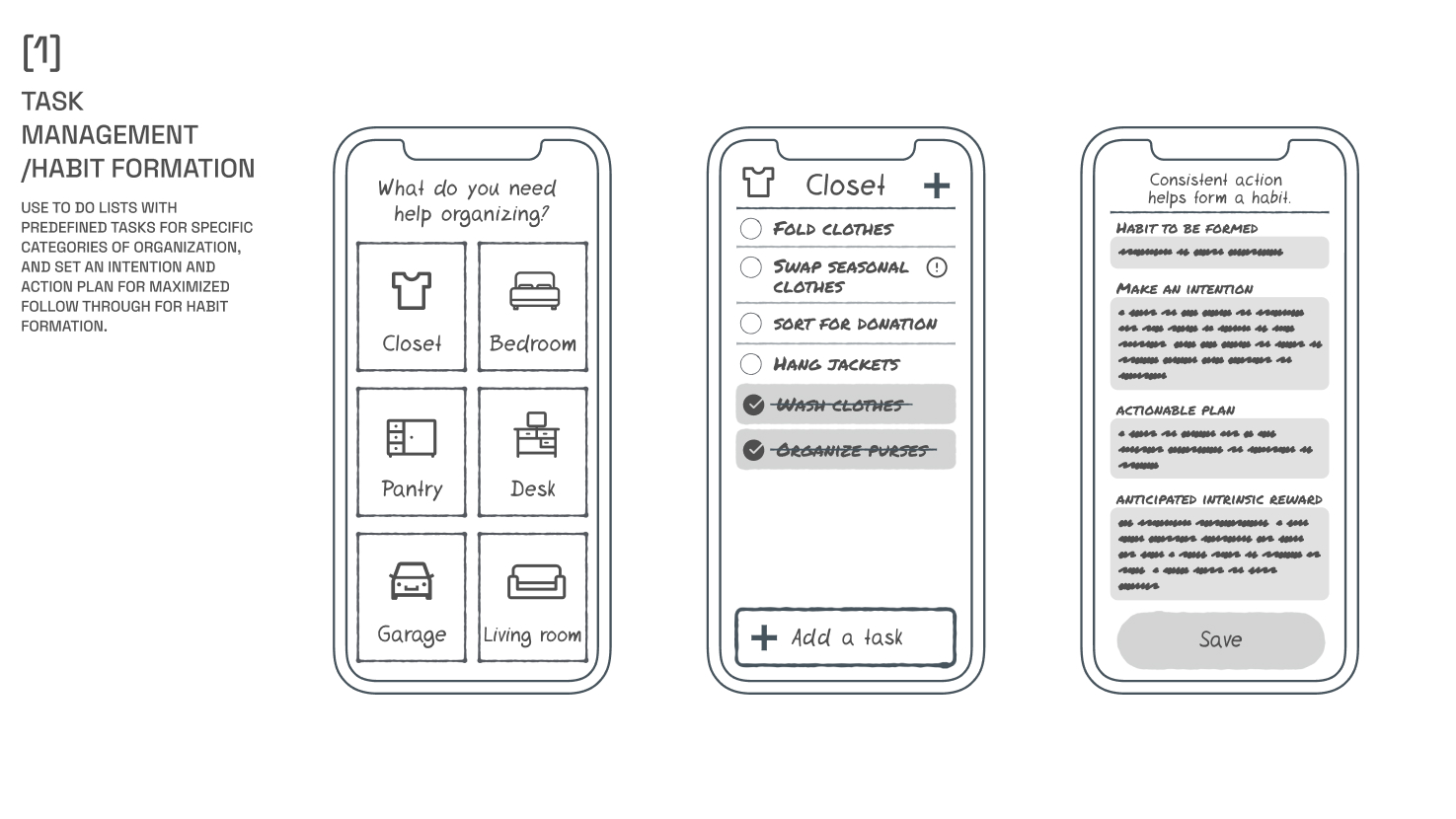
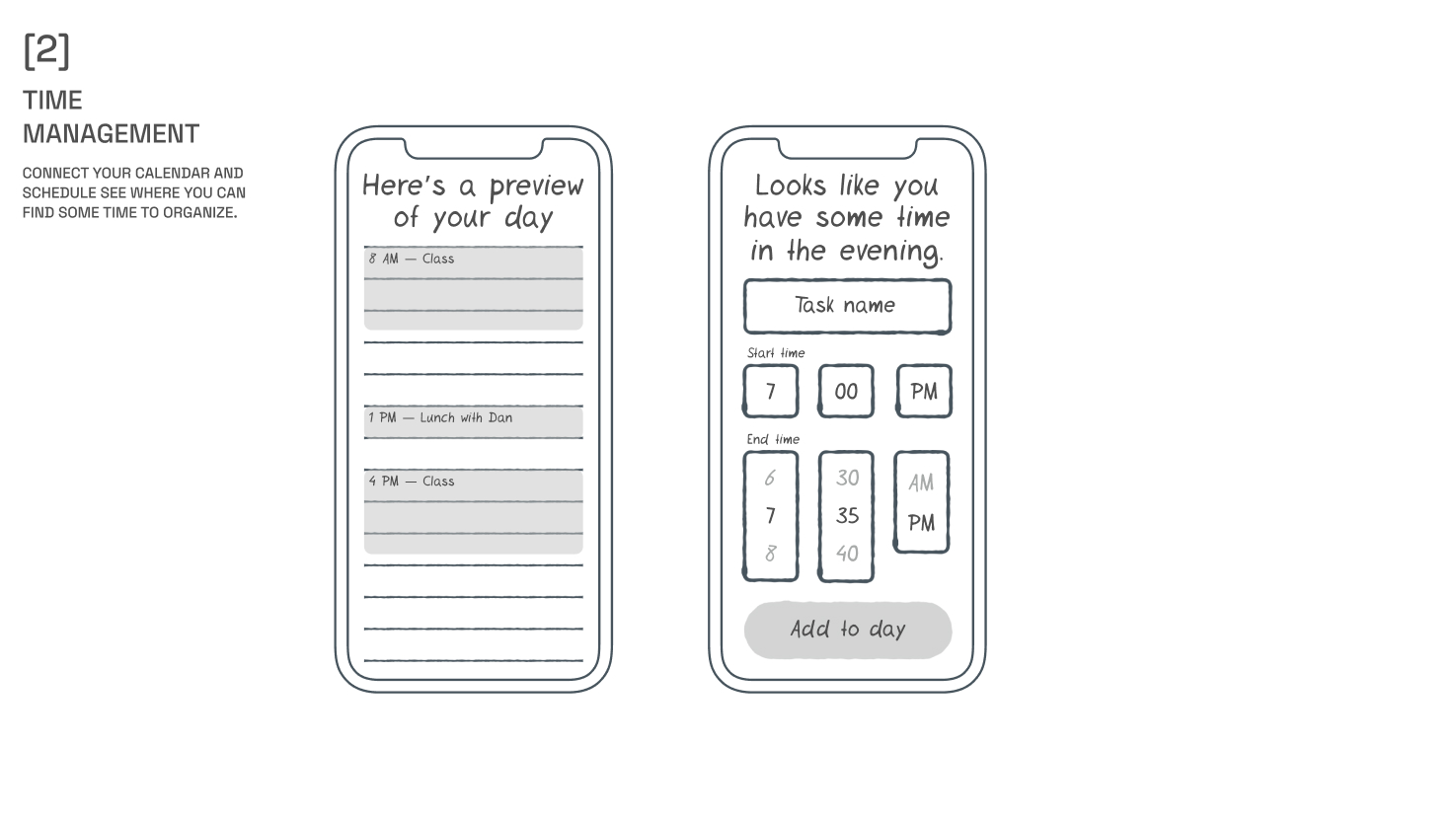
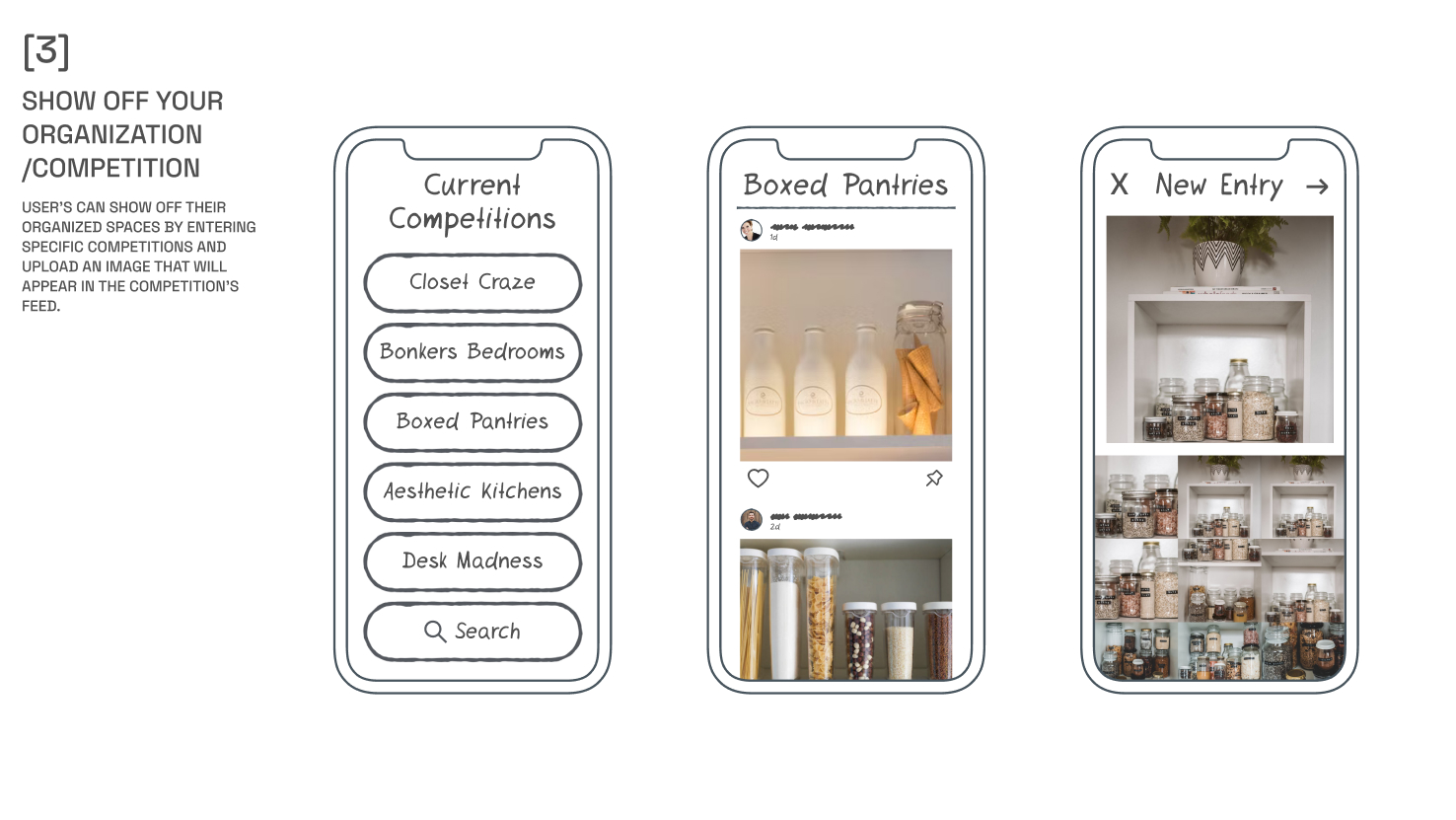

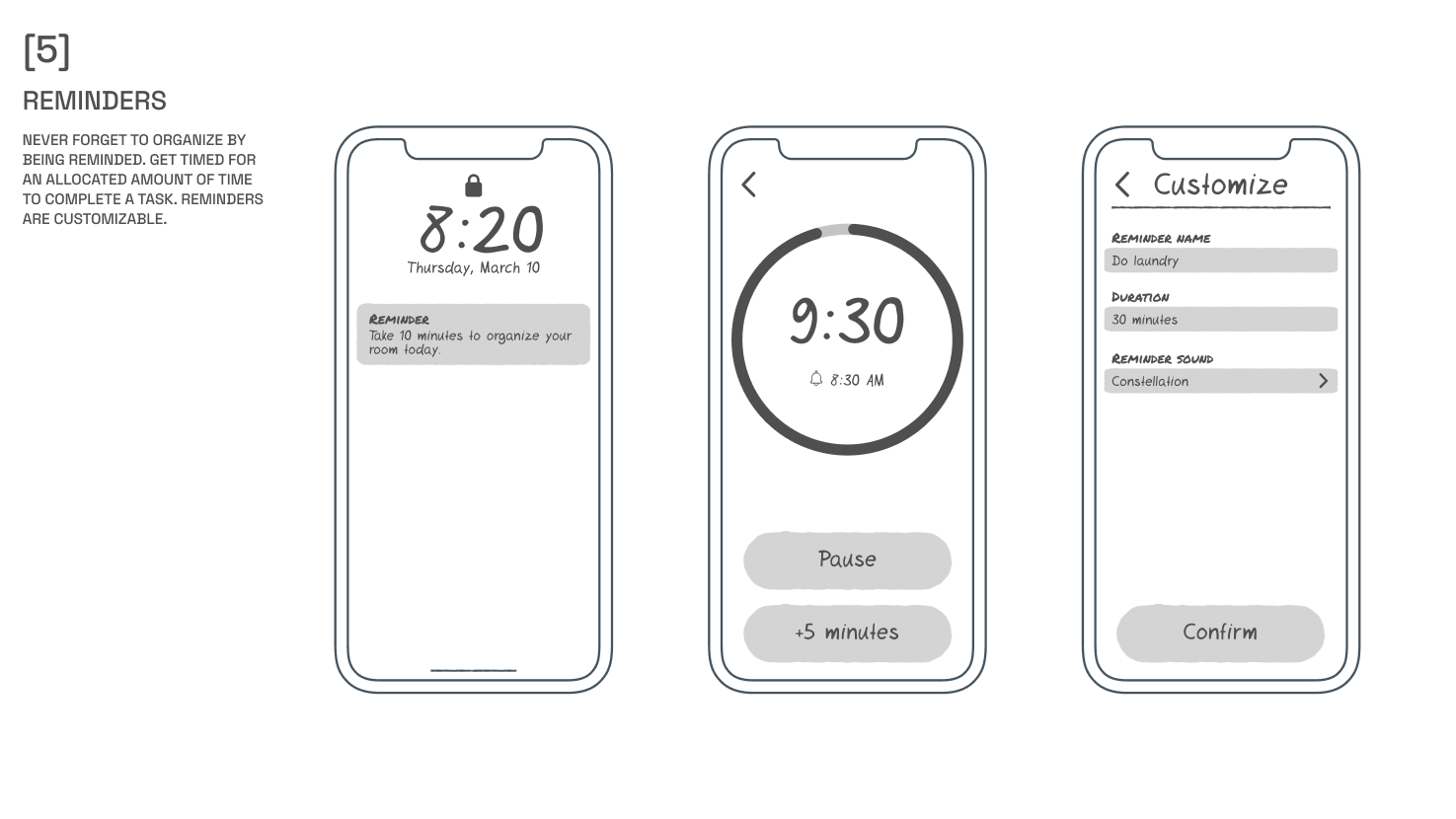

Middle Fidelity Prototypes & User Testing
Based on synthesizing my 4 users feedback on the 5 lo-fi prototypes, I combined a some features and narrowed them down to 3 prototypes to take into middle fidelity. These 3 mid-fi prototypes were A/B tested on 4 different users to understand which variations of the features were preferred.





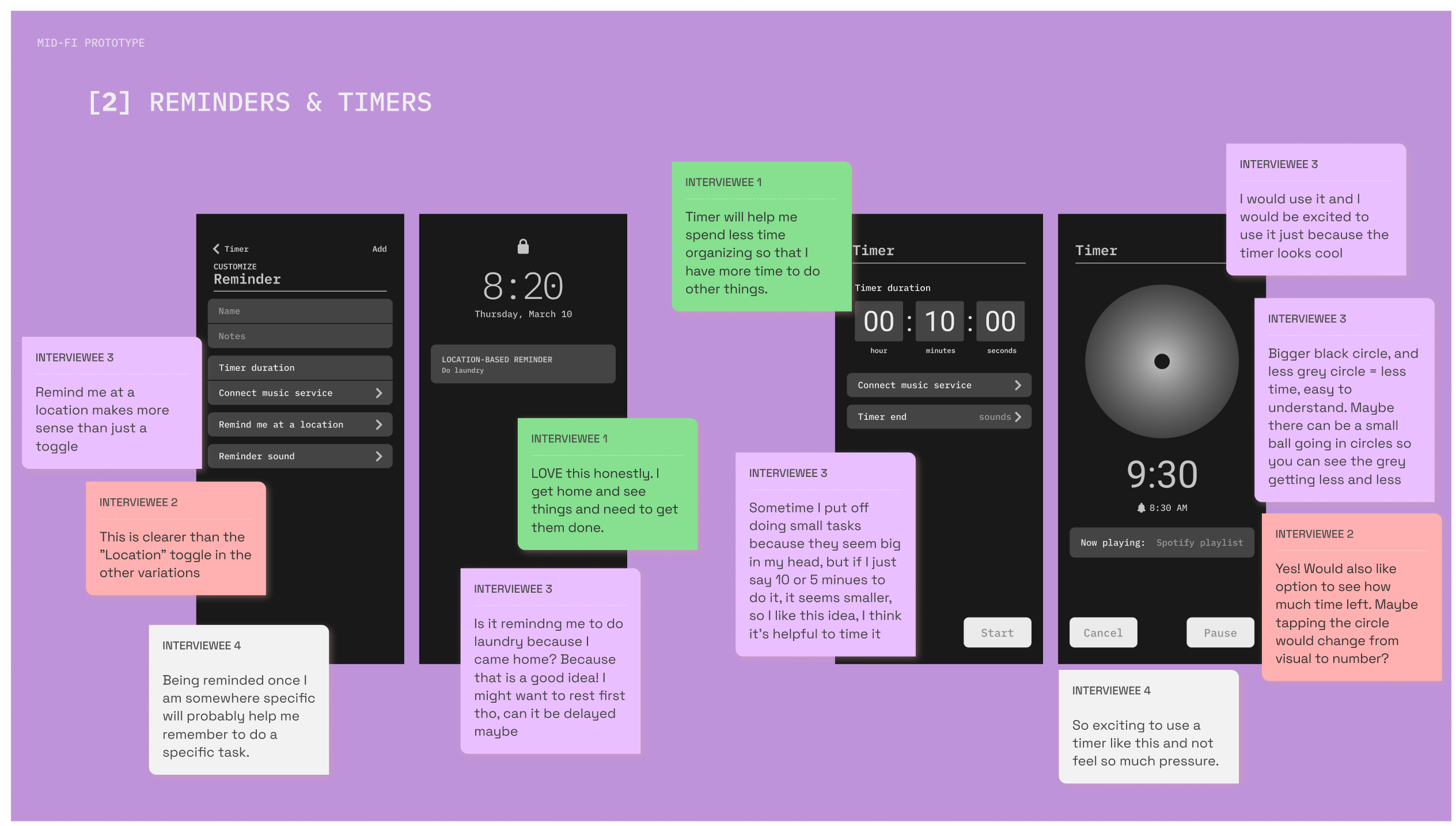

Prototype Conclusions



04 — UX/UI Design
Based on the prototype conclusions from user testing, I chose what features to focus on in my minimum viable product and created a system map to understand how different screens and functionaliities work together and interconnect in terms of flow. After you land on the dashboard, you can go to 3 different places: to organize, use the timer, and scroll through your inspiration feed.
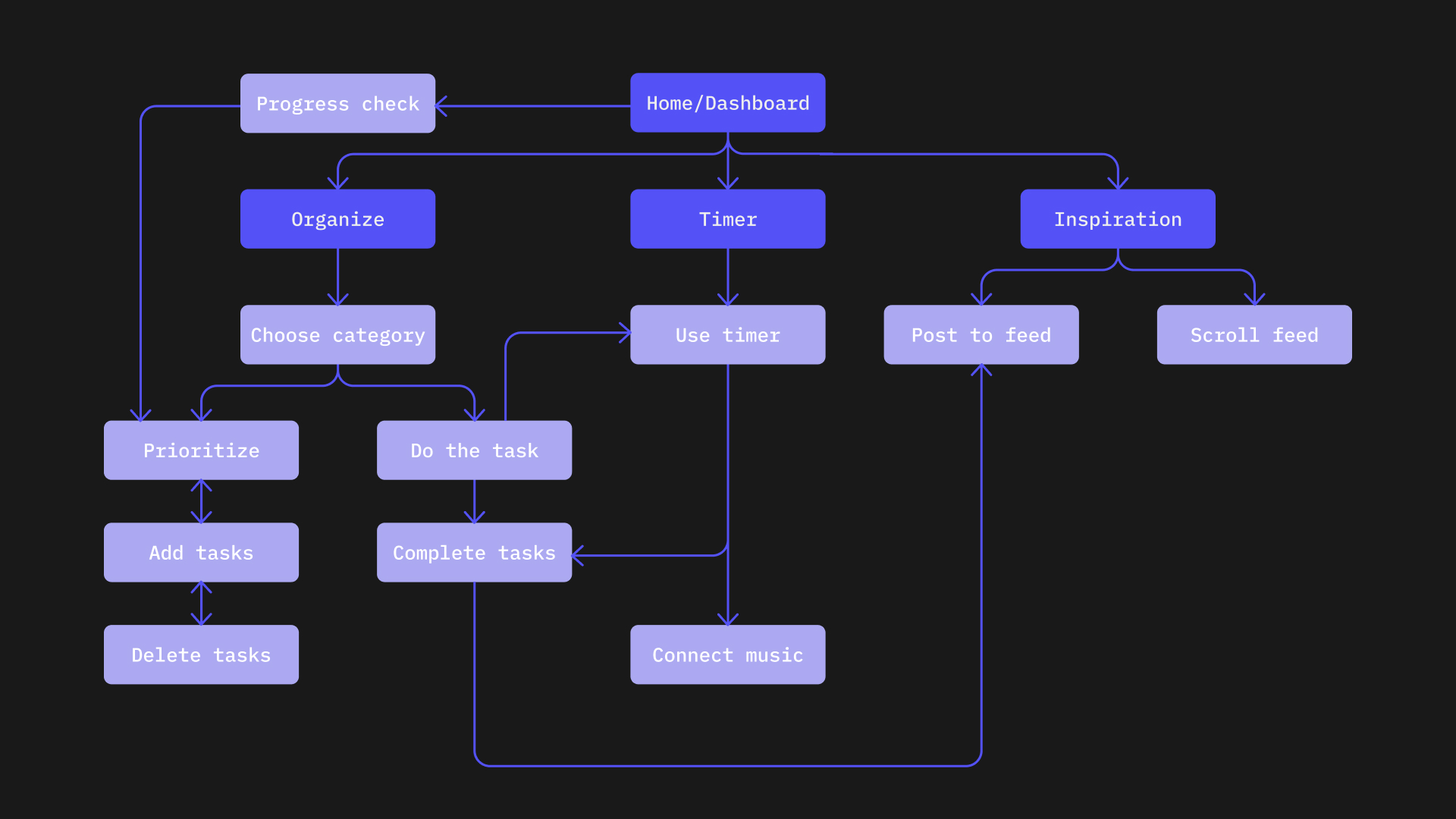
Branding
The core feelings of hab ez are to feel easy, satisfying, minimal, peace of mind and a sense of organization. To complement these, the color palette is infused with vibrant colors and gradients to evoke freshness and energy.
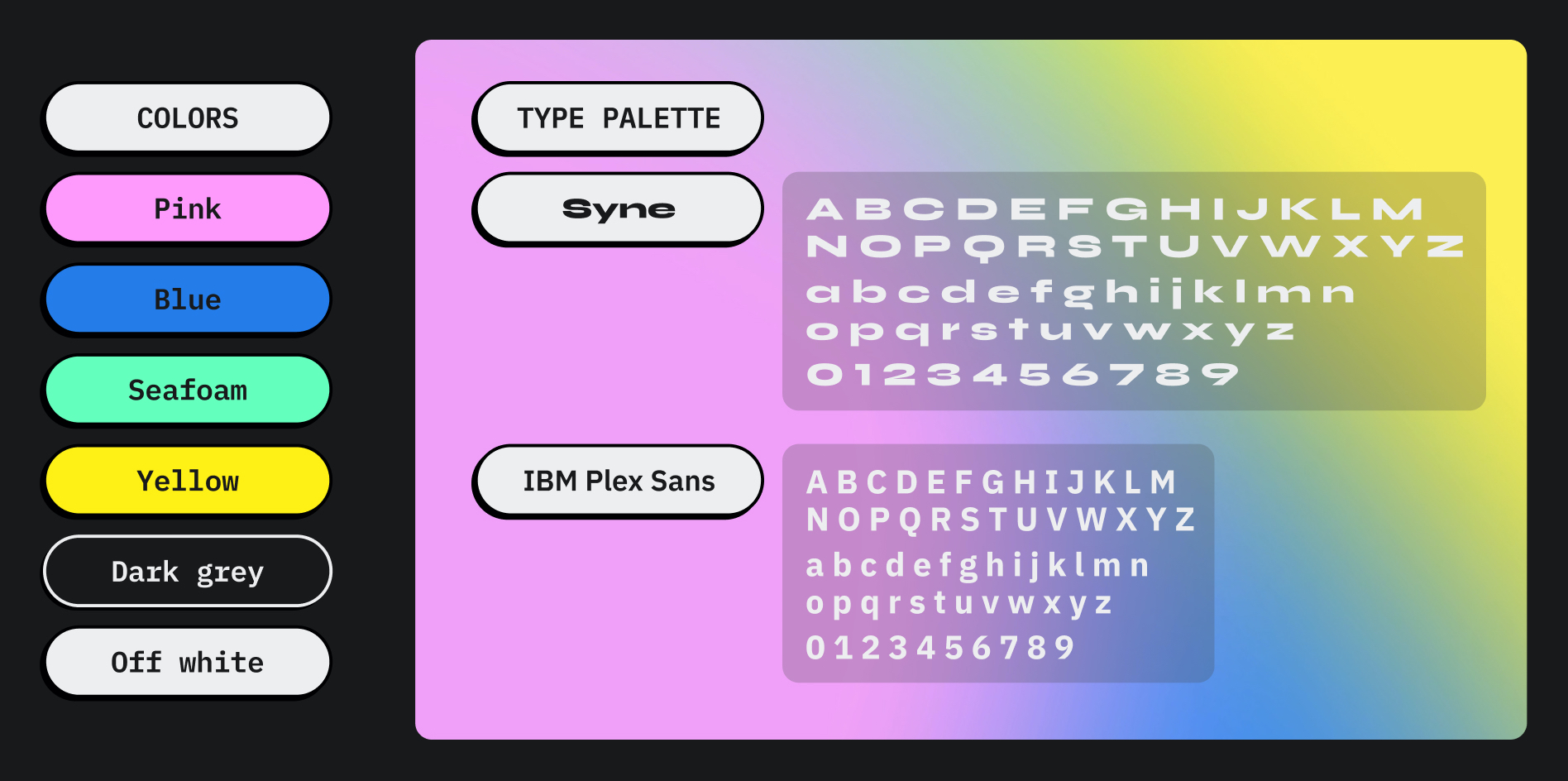
Coming up with the name was a bit funny. I combined the words "habit" and "easy" and ended up with hab ez which reminded me of habibi [حبيبي] in Arabic. It’s "punny". Here's the final logo below:

Features
Feature 1: The hab ez splash screen appears and takes you to the dashboard where you can view your progress check and scroll through the inspiration feed.
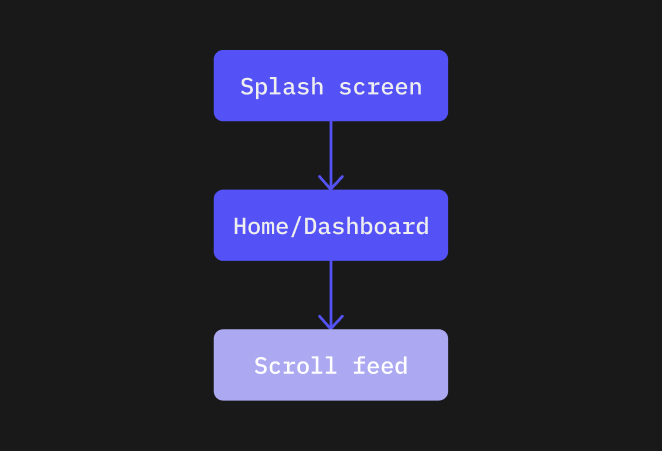
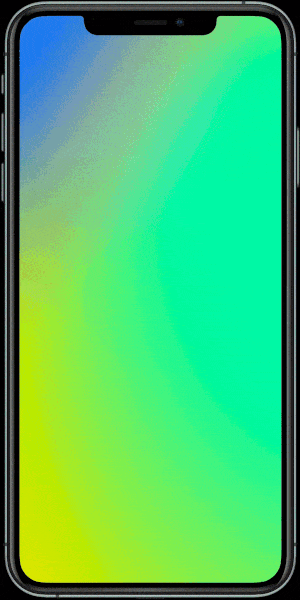
Feature 2: Here you will go from the dashboard to your closet list with pre-defined tasks via the progress check. You can delete pre-defined tasks, complete tasks, as well as prioritize tasks.
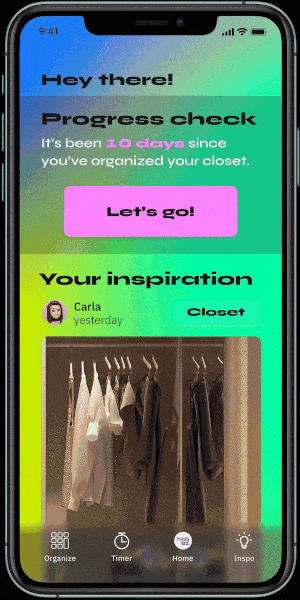
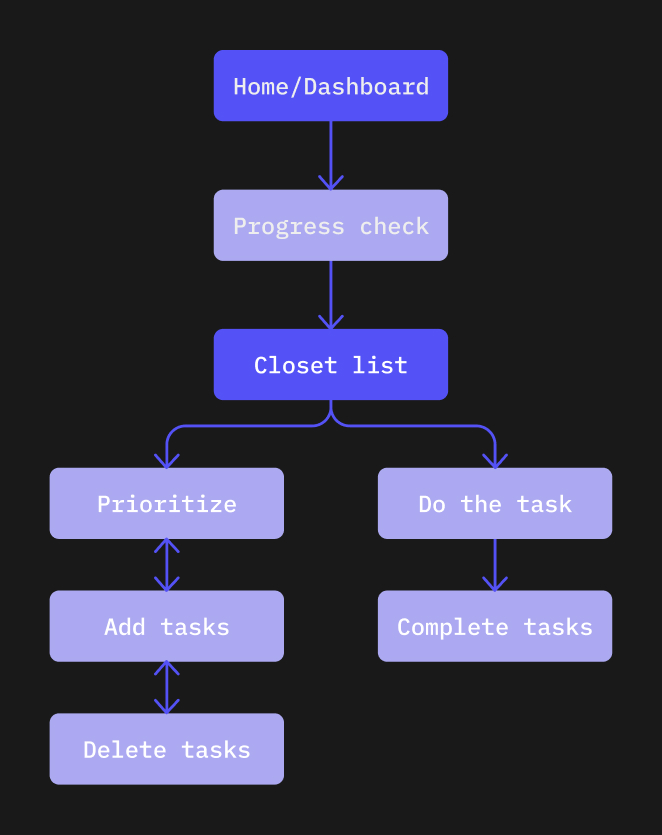
Feature 3: Here, you are looking at your closet list and doing a task by using the timer. You select a duration and start your timer. Once the timer ends, you can mark the task as complete. When you complete the whole task list, you get prompted by this beautiful surprise to show off your organizing. You take a photo of what you just organized and post it to incentivize and motivate users to share and organize more. After your photo is posted, you can scroll through the inspiration feed.
